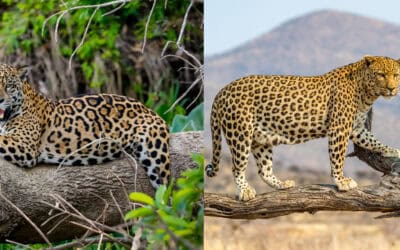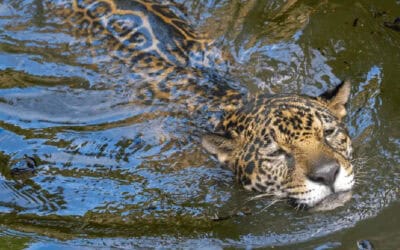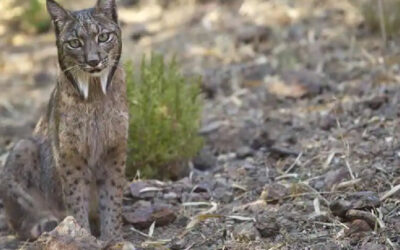A new poll conducted by BigCatsWildCats.com reveals overwhelming public opposition to private ownership of lions, tigers, and other exotic cats. Here’s the full press release detailing the findings.FOR IMMEDIATE RELEASE Poll Finds Overwhelming Opposition to Keeping...
BigCatsWildCats
Blog
The BigCatsWildCats Blog focuses on wild cats and their conservation, providing updates and articles on big cats, such as lions, tigers, and leopards, as well as the lesser-known small wild cats, like the sand cat, Pallas’s cat and margay. We also cover regional news from around the world, detailing conservation efforts, challenges, and progress in protecting these species.
Top 10 Countries with the Most Wild Cat Species
Wild cats are found in various parts of the world. Some countries are home to a large variety of these species. Here are the top 10 countries that have the most wild cats, along with descriptions of each country and where you can find its native cats.1. India At the...
The Largest of the Big Cats
Have you ever wondered which big cats are the largest on Earth? Here is our list of the largest big cats. It includes different species of tigers, lions, the jaguar, cougar, leopard and snow leopard.The Eleven Largest Big Cats The eleven largest big cats in the world...
Jaguar vs. Leopard
Jaguars and leopards are two of the biggest cats in the world. Have you ever noticed how difficult it is to tell them apart? They look about the same size, and their fur is similar in color. They even have the same kind of spots – almost. When you see jaguars and...
2025 Big Cats in North America Update
North America is home to many types of wild animals, including big cats. The term big cats refers to large, powerful members of the feline family. This 2025 update of big cats in North America includes the mountain lion, Canada lynx, bobcat, and jaguar. Map of...
15 Wild Cats that Swim
Wild cats are members of the Felidae (cat) family. Many Felidae species, especially domestic cats, dislike water. However, quite a few big, medium-sized, and small wild cats are skilled swimmers. You can find them cooling off in the water, traveling from one location...
Cheetah Orphans Successfully Rehabilitated and Returned to the Wild
A study recently published in the journal Onyx by Cambridge University Press, on behalf of Fauna & Flora International, highlights a remarkable conservation success story involving the rehabilitation of orphaned cheetahs in Namibia. Between 2002 and 2018, an...
Mexico’s Vallarta Botanical Garden Establishes Ocelot Sanctuary
The Vallarta Botanical Garden, located south of Puerto Vallarta, Mexico, in the state of Jalisco, has announced the establishment of a sanctuary to protect ocelots from poaching and habitat fragmentation. Santuario de los Ocelots (Ocelot Sanctuary) will create a safe...
Traffic Lights are Protecting Spain’s Iberian Lynx
Spain has implemented a new traffic light system to help the endangered Iberian lynx safely cross busy streets. Each year approximately 40 Iberian lynx are killed in traffic accidents. It is the main cause of death for Spain’s lynx population. The new system uses...
World’s Largest Animal Crossing Will Help Save Wild Cat Lives
Last month construction started on a new 210-foot wildlife crossing that will pass over 10 lanes of the 101 freeway in Agoura Hills, California. The crossing is scheduled to be completed in 2025. It will enable mountain lions and other wildlife to move safely between...
Support wild cat conservation.
Share on social media!










